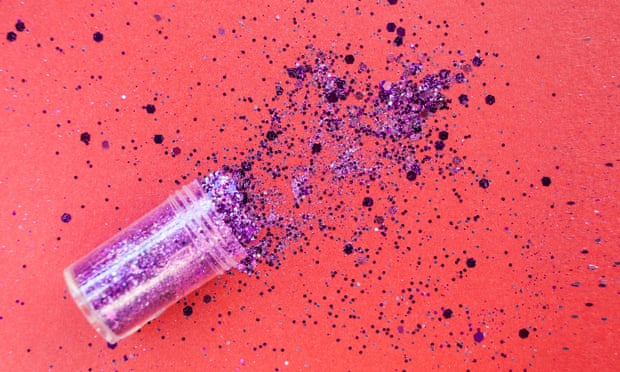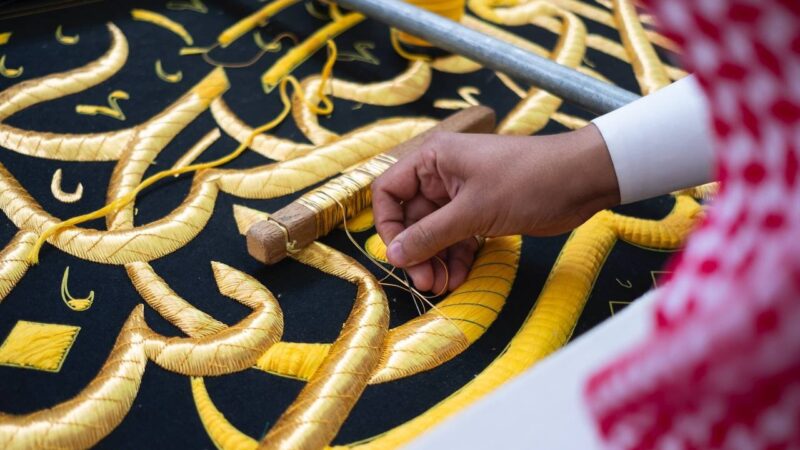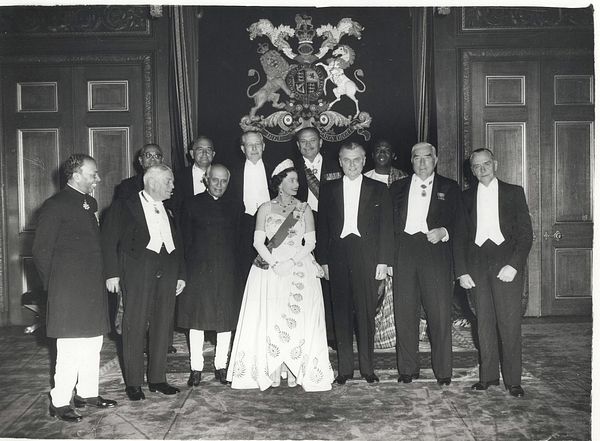When finding glitter in every nook and cranny was not enough, the sparkly microplastic reached the seas and oceans. Usually made from a combination of aluminum and plastic, glitter is sold in its most environmentally hazardous format from the beginning. This year, several British retailers have announced there will be no glitter in their store-brand Christmas products such as crackers, wrapping paper and gift bags.
Volume-wise, glitter itself does not significantly contribute to pollution. In fact, glitter makes up far less than 1 percent of the microplastics that pollute the environment. However, otherwise recyclable products, like wrapping paper, cannot be recycled when they incorporate glitter.
Even if glitter is not a major contributor to pollution, microplastics as a larger category of pollution are a serious scourge. One study from June 2020 found microplastics can become airborne and come down in rain – literally rain down – on protected natural areas we expect would be pristine.
This month, researchers from Australia’s national science agency found that 9.25m to 15.87m tons of microplastics are embedded in the seafloor. They’ve been found in core samples from Arctic ice, and in the bellies of whales. Humans are estimated to ingest about five grams of them (the equivalent of a credit card) every week.
Source: The Guardian

Inflics provides it readers the information that they need in concise and short articles, making information and news more accessible to everyone.





